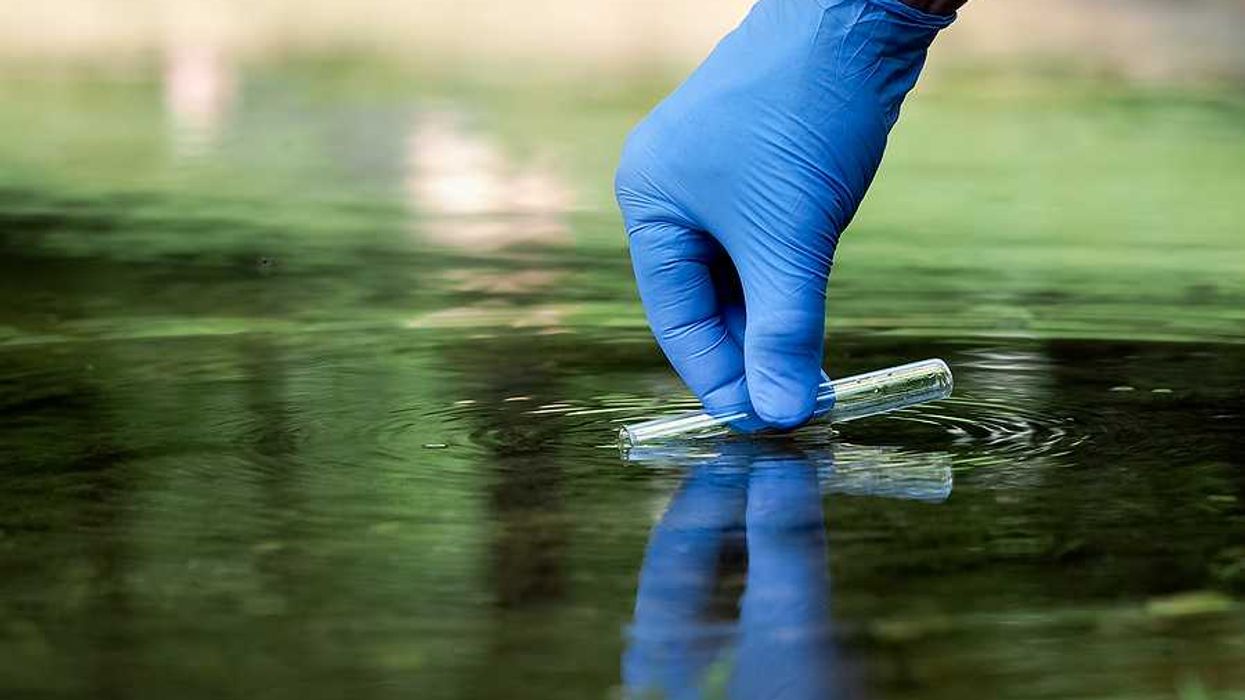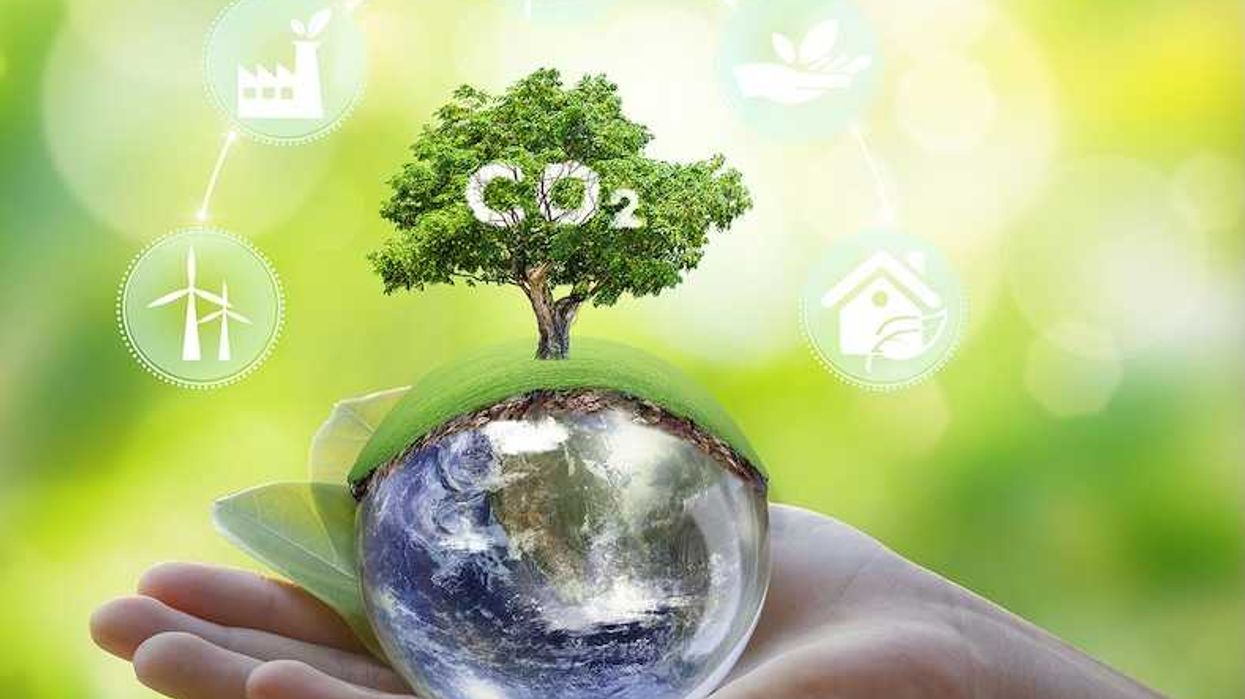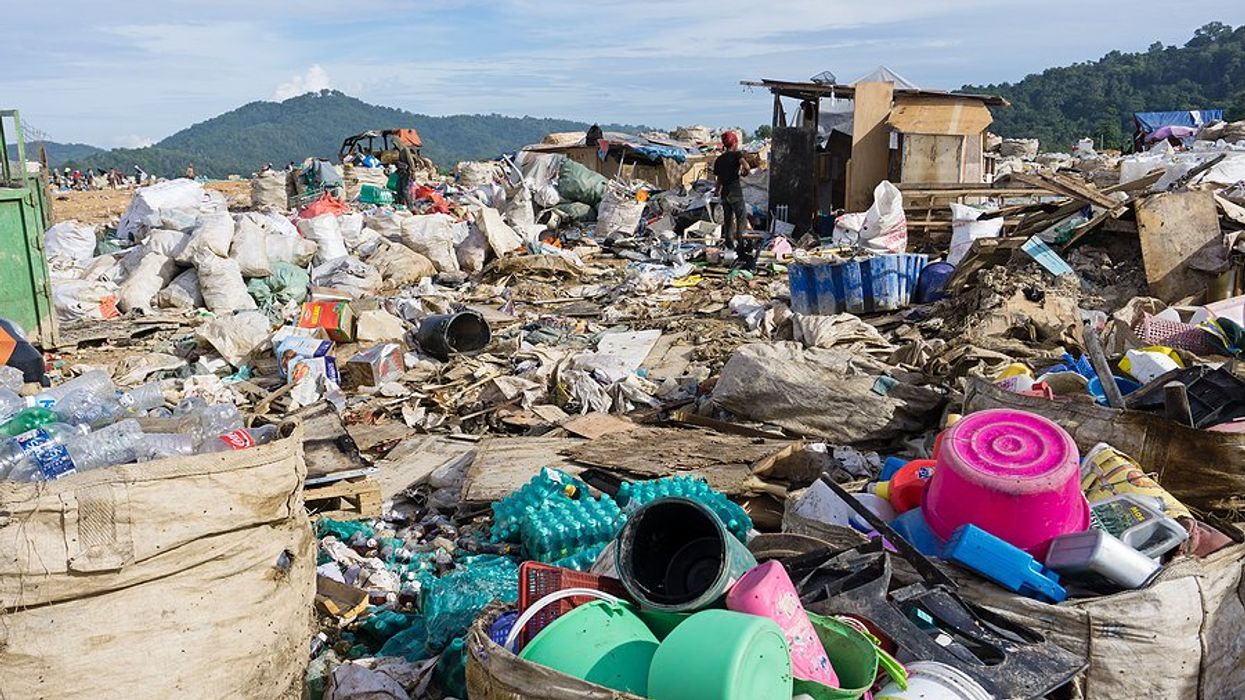Nestlé USA and Conagra Brands will phase out synthetic food dyes over the next two years as federal and state officials increase pressure to address additives linked to behavioral and health concerns.
Victoria Bisset reports for The Washington Post.
In short:
- Nestlé will eliminate FD&C synthetic dyes like Red No. 3 and Blue No. 1 from its U.S. food and beverage portfolio by mid-2026, stating that over 90% of its products are already dye-free.
- Conagra will stop using the dyes in frozen foods by year-end and fully phase them out by 2027, joining other companies like Kraft Heinz and General Mills.
- The shift follows regulatory moves, including a federal ban on Red No. 3 by 2027 and state actions in California, Texas, and West Virginia restricting dyes and additives in food, especially for children.
Key quote:
The move is "part of the company's ongoing commitment to provide consumers with a range of high-quality, nutritious foods and beverages that reflect the diversity and choices that they want.”
— Nestlé USA spokesperson
Why this matters:
Artificial food dyes have been used for decades to make processed foods more visually appealing, especially for children. But health experts have raised alarms over links between certain dyes and hyperactivity, behavioral issues, and possible cancer risks. While regulators say the science isn’t conclusive, countries like the UK and many European nations have long restricted or banned dyes still found in U.S. products. Red No. 3, for example, was banned from cosmetics years ago but has lingered in candies and snacks. With more states enacting their own bans and requiring clearer labeling, consumer pressure is forcing food companies to change.
Read more: Food dyes linked to attention and activity problems in children














